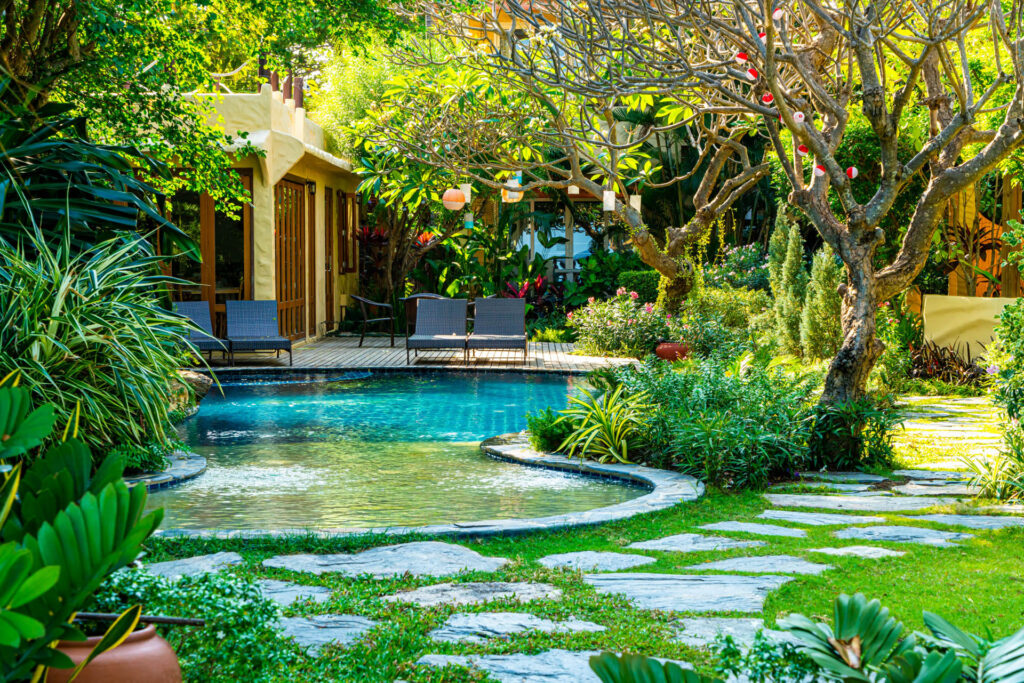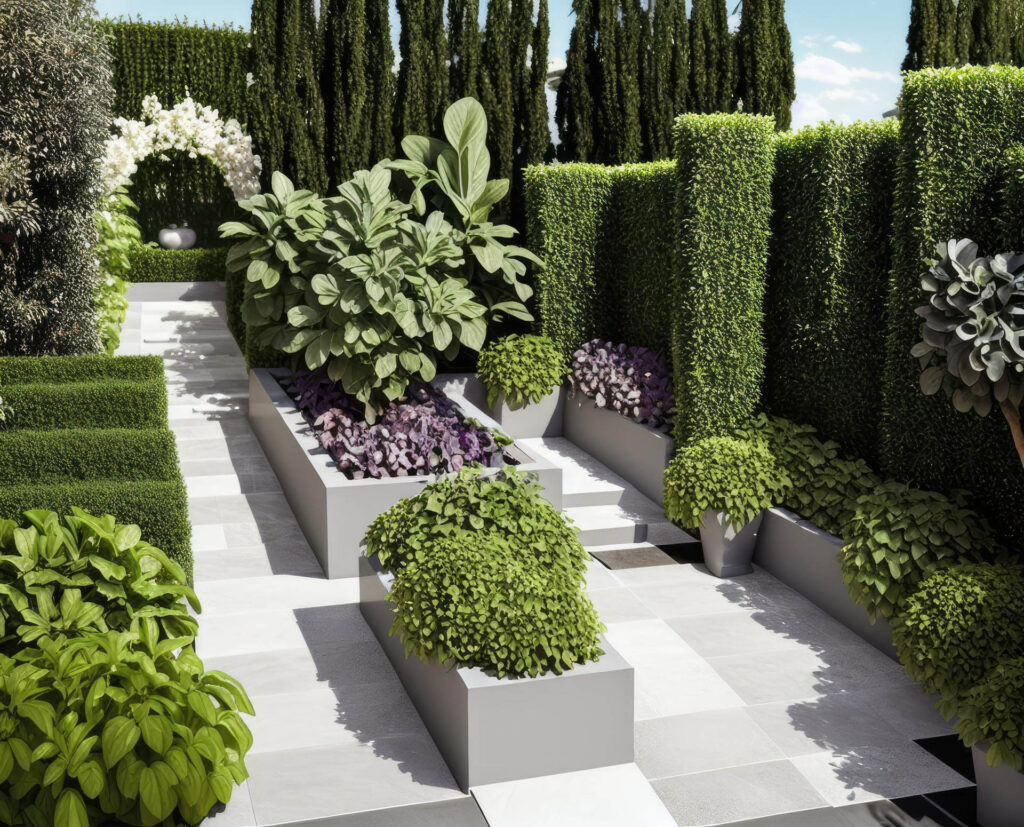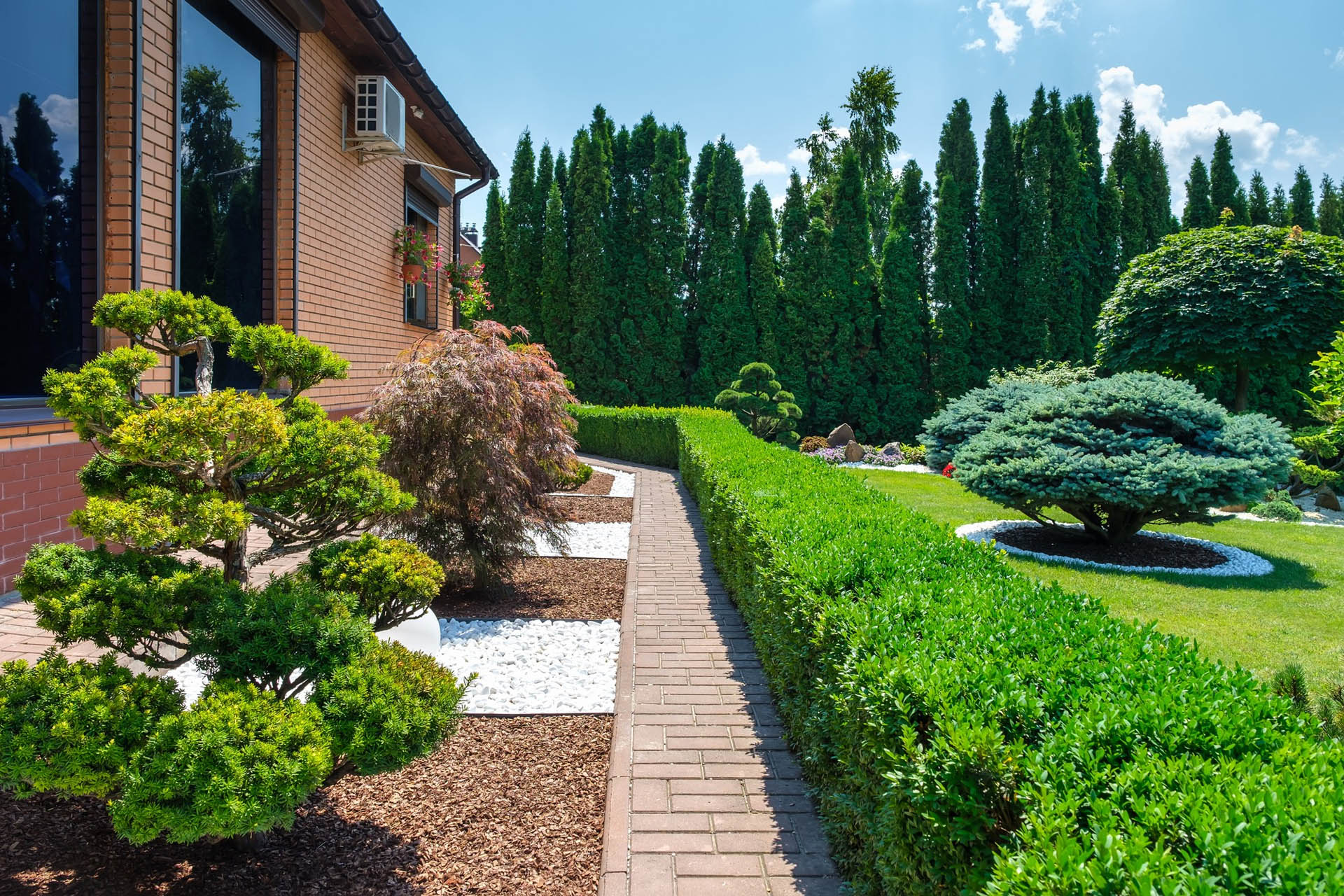Native plant landscaping, also known as native landscaping or native gardening, is an approach to landscaping that focuses on using plants that are indigenous to a specific region or ecosystem in the design and maintenance of outdoor spaces. This practice has gained popularity due to its numerous environmental, ecological, and aesthetic benefits.
Use of Native Plants
The central principle of native plant landscaping is the incorporation of plants that naturally occur and thrive in the local ecosystem. These plants have adapted to the region’s climate, soil, and wildlife over time.

Native plant landscapes often prioritize plant diversity, creating habitats that support a wide range of native wildlife, including birds, pollinators (bees, butterflies), and beneficial insects.
Water Conservation
Native plants are typically well-suited to the local climate and require less water once established. This reduces the need for irrigation and conserves water resources.

Native plant landscaping offers a sustainable and ecologically responsible approach to outdoor spaces, promoting the health of local ecosystems while reducing resource consumption and enhancing the beauty of the landscape. It’s an excellent way to support both the environment and your local community.

